In the game of tennis, the serve involves the most varied technique—and invites the most interpretations on how it should be performed. Although certain parts of the motion can be debated, there are some popular teaching points that time has proved to be dated or inaccurate.
As you work on your own tennis serving technique, avoid these five mistakes.
Toss High and You'll Have More Time
Studies using slow-motion cameras have determined that a ball tossed 6 feet higher than the top of an outstretched racquet head passes through the hitting zone of the service swing 20 times faster than a ball tossed around the peak of a server's reach.
If the player tosses lower, the ball sits in the hitting zone longer.
Scratch Your Back on the Backswing
As the racquet head passes between the dominant hitting hand and the server's head, the uncoiling inertia of the body's kinetic chain actually throws the racquet away from the back, or the center of the axis. This desired centrifugal force doesn't allow for a muscle contraction, which would pull the racquet head down to accommodate a back-scratching position.
Hit Down on a Serve
Unless you're about 8 feet tall (according to our serve study at the Vic Braden Tennis College) it's in your best interest to hit up and out while serving.
Bend Your Knees for Greater Power
Though it can be important to the rhythm of the server's motion, knee bend supplies the least amount of racquet head speed for the serve. Instead, the player should focus on fluid, liquid power and hand speed.
There's an Ideal Service Motion
Customization and personal preferences play a critical role in a player's ability to advance to the highest levels of play.

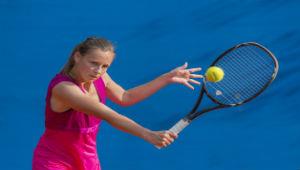
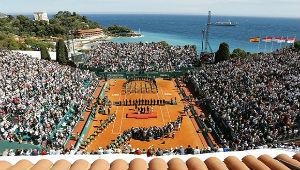
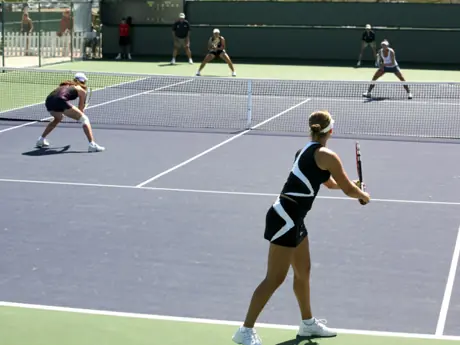
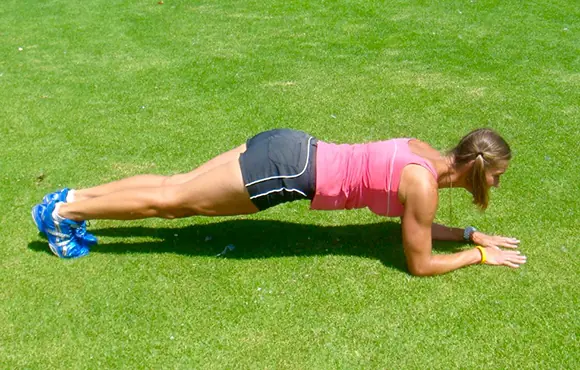
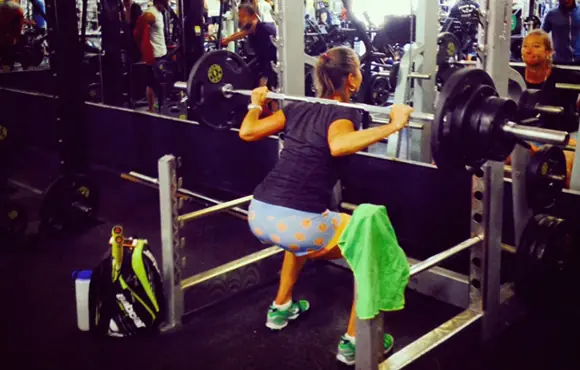

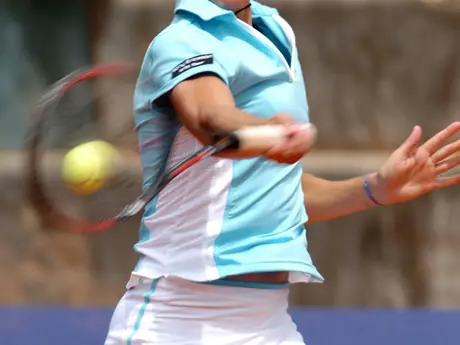
Discuss This Article